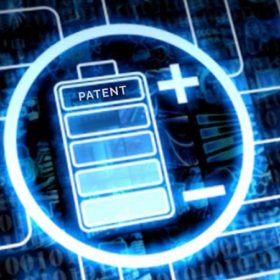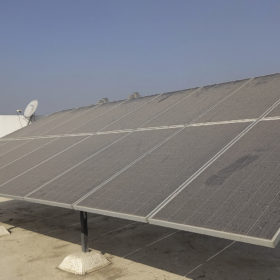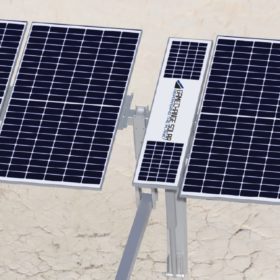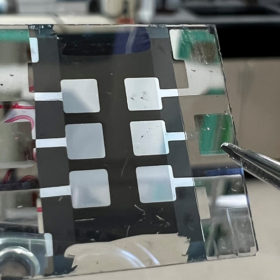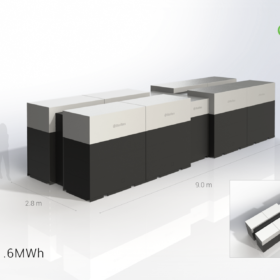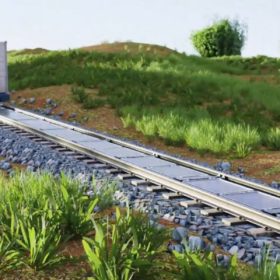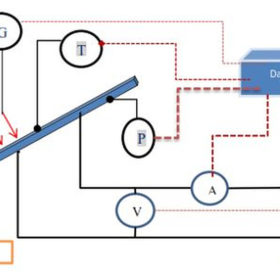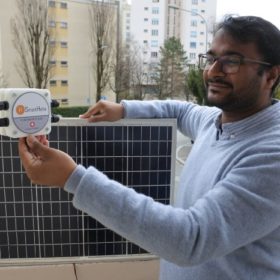Beam Global awarded Indian patent for smart battery management system
The US-based company has been granted patents in India and China for its smart battery management system that monitors the thermal storage capacity of the phase-change material and automatically adjusts the power output of the battery packs and cells.
Soiling – a multibillion-dollar issue
A new report by the International Energy Agency’s Photovoltaic Power Systems Programme (IEA-PVPS) estimates that lost revenue from PV module soiling amounts to more than €3 billion ($3.2 billion) per year – an amount that is only set to increase as PV systems grow larger and more efficient.
GameChange releases new solar tracker
US tracker manufacturer GameChange Solar’s latest product launch follows its recently announced decision to increase its annual domestic manufacturing capacity to 24 GW.
All-perovskite tandem solar cell with 27.1% efficiency via gas quenching
The US National Renewable Energy Laboratory (NREL) has achieved remarkable efficiency and stability for a wide-bandgap all-perovskite tandem solar cell. The scientist developed the device with an inverted architecture and used gas quenching instead of an antisolvent in the manufacturing process.
Lithium sulfur flow battery with 250 Wh/L energy density
Edinburgh-based energy storage solutions specialist StorTera has developed a long-duration, energy-dense, lithium-sulfur-based single liquid flow battery (SLIQ). The tech is said to last for 30 years with minimal degradation.
US startup unveils portable solid-state lithium-ion battery for residential use
California-based Yoshino Technology has developed portable batteries using solid-state Li-NCM cell technology. The four variants come with power outputs of 330 W, 660 W, 2,000 W, and 4,000 W.
Swiss startup makes first attempt to deploy solar on railways
Swiss startup Sun-Ways has developed a patented solution under which it directly rolls out solar modules between railway tracks like a carpet. The panels can be removed at any time for maintenance work.
Cooling solar modules with vacuum pressure
Scientists in Indonesia have developed a vacuum technique to lower the temperature of PV modules below the ambient air temperature. They applied it to a solar module in a casing that is resistant to negative pressure.
SmartHelio raises $5 million
The Swiss PV diagnostics and predictive solutions provider said it would use the amount to scale its software for solar performance management.
IESA launching India Electric Mobility Council
India Electric Mobility Council will work with the government and various stakeholders to address the barriers to EV adoption. Focus areas also include safety & standards, charging infrastructure development, battery swapping, and V2G mechanism for India.
